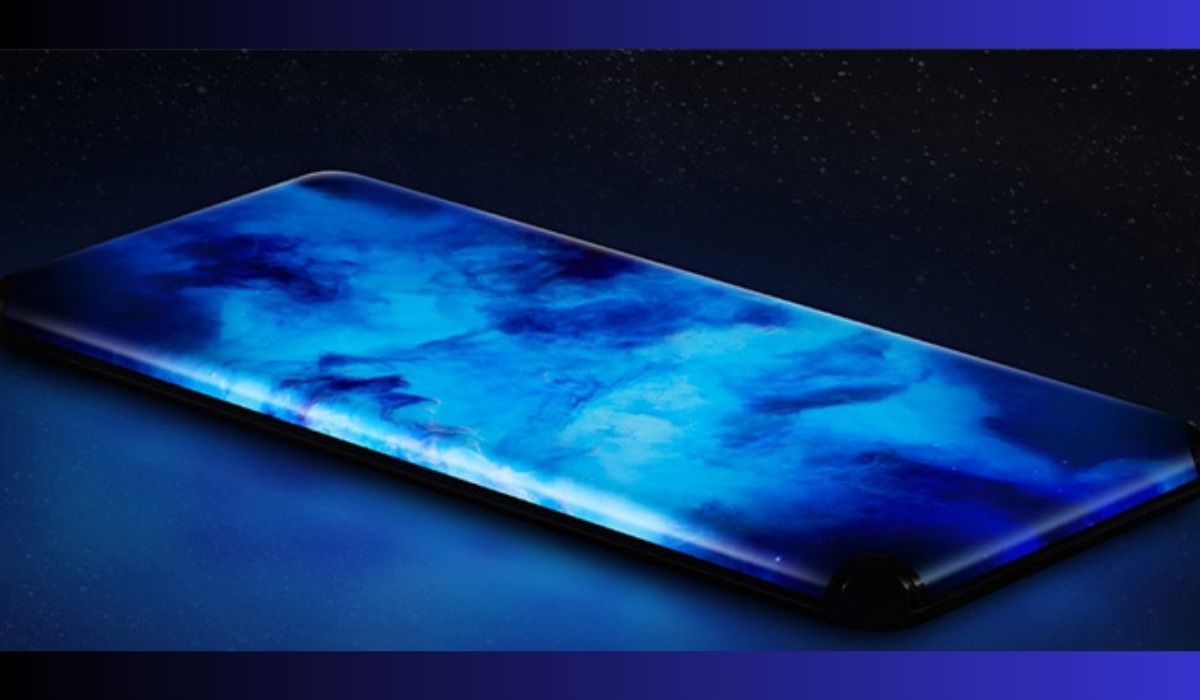Manufacturers in the field of mobile technology are under constant pressure to come up with new and exciting ways to attract and retain customers. Curved screens are an example of a new type of display that has seen significant growth in curved display mobile popularity in recent years. Curved-screen mobile phones are exciting options for gadget lovers because of their novel design and enhanced usefulness. This article delves into the realm of curved-screen mobiles, discussing their features, benefits, and possible future influence.
Understanding Curved Display Technology
Flexible OLED (Organic Light Emitting Diode) panels are used in curved display technology to allow the screen to curve at the edges. Screens like these can be bent without breaking because they are usually constructed of plastic rather than glass. The visual experience provided by the curve, which might be concave, convex, or dual-edge, is both pleasant and immersive.
Aesthetics and Design
Smartphones with curved screens look modern and stylish. The device’s screen and frame appear to merge into one continuous plane thanks to the rounded corners. This design not only makes the product look better, but also makes it easier to hold in the user’s hand.
Enhanced Viewing Experience
The improved viewing experience is a major benefit of a curved display. In bright outdoor conditions, the screen’s curve mitigates reflections and glare, making it easier to read. In addition, the rounded corners make watching media, playing games, and surfing the web a more engrossing and exciting experience.
Increased Functionality
The display’s rounded corners add style and utility to modern mobile devices. Notifications, program shortcuts, and commonly used utilities are just some of the uses for this handy feature. These functions can be accessed with a simple swipe in from the side, saving the user time and effort.
Improved Durability
The endurance of curved displays is enhanced by the substitution of plastic for glass. Curved display mobiles are more durable thanks to plastic screens that are less likely to fracture upon contact. This reliability lengthens the life of the gadget and decreases the frequency with which the display must be replaced.
Challenges and Considerations
Curved display technology has many benefits, but it also has certain drawbacks. The production of curved screens is typically more difficult and expensive than that of flat screens. The rounded shape also increases the possibility of accidental contacts and activations, which will necessitate fine-tuning the software.
Future Implications
The development of curved display technology is likely to result in new and exciting forms and features. It is expected that curved displays will become the norm in mobile devices as the technology improves and the price drops. They could also pave the way for foldable and rollable screens, which would completely alter the way we use our mobile devices.
Conclusion
Mobile phones with curved screens are a technological breakthrough because they successfully combine form and function. They are tempting to consumers because of their higher visual quality, increased usefulness, and long lifespan. We can expect curved displays to become standard on smartphones in the not-too-distant future, expanding the capabilities of mobile devices even further.
FAQs
What is a curved display mobile?
A smartphone with a curved or bent display, often along the screen’s edges, is called a curved display mobile. Using bendable OLED screens, this design is possible and creates a one-of-a-kind visual and practical experience.
How does a curved display work?
The use of bendable OLED (Organic Light Emitting Diode) technology allows for the creation of a curved screen. The flexibility and adaptability of OLED panels make it possible to curve the screen to improve aesthetics and use.
Are curved display mobiles the future of smartphones?
The use of curved screens is becoming increasingly common as the technology improves. Curved displays are becoming more feasible and cost-effective to produce, so it’s possible that we’ll see them in more and more mobile devices in the future.
Can curved display technology be integrated into foldable or rollable smartphones?
Yes, the advent of foldable or rollable smartphones is a driving force behind the innovation of curved display technology. OLED panels used in curved displays are flexible enough to allow for the development of devices with screens that can fold or roll, expanding the device’s usability and the user’s interaction with it in unexpected ways.
Which smartphone manufacturers offer curved display mobiles?
Samsung, Huawei, OnePlus, and Xiaomi are just a few of the smartphone manufacturers that have curved-screen models available. These brands have included smartphones with curved screens in their product lines, attesting to the design’s rising popularity.











